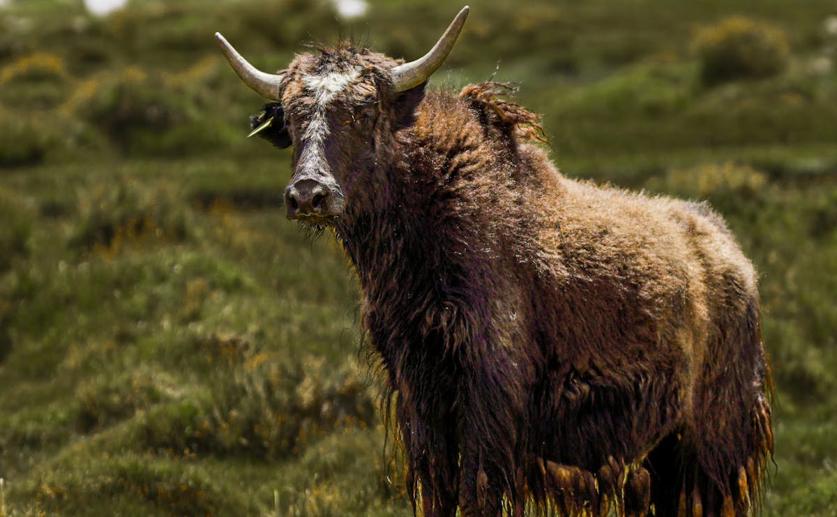
Genetic Diversity, Ancestry, and Maternal Origins of Yaks
Jim Crocker
16th May, 2024

Key Findings
- The study analyzed the entire mitochondrial genomes of 509 yaks to understand their genetic diversity and geographical distribution
- Researchers found 278 unique genetic haplotypes among the yaks, indicating high genetic diversity
- The genetic diversity of yaks is influenced by geographical barriers, similar to other species on the Qinghai-Tibetan Plateau
GeneticsAnimal ScienceEvolution
References
Main Study
1) Genetic diversity, phylogeography, and maternal origin of yak (Bos grunniens)
Published 15th May, 2024
https://doi.org/10.1186/s12864-024-10378-z
Related Studies
2) Identification and diversity of Y-chromosome haplotypes in Qinghai yak populations.
3) Deep Intraspecific Divergence in the Endemic Herb Lancea tibetica (Mazaceae) Distributed Over the Qinghai-Tibetan Plateau.
4) Evidence for early domestic yak, taurine cattle, and their hybrids on the Tibetan Plateau.



 26th March, 2024 | Greg Howard
26th March, 2024 | Greg Howard